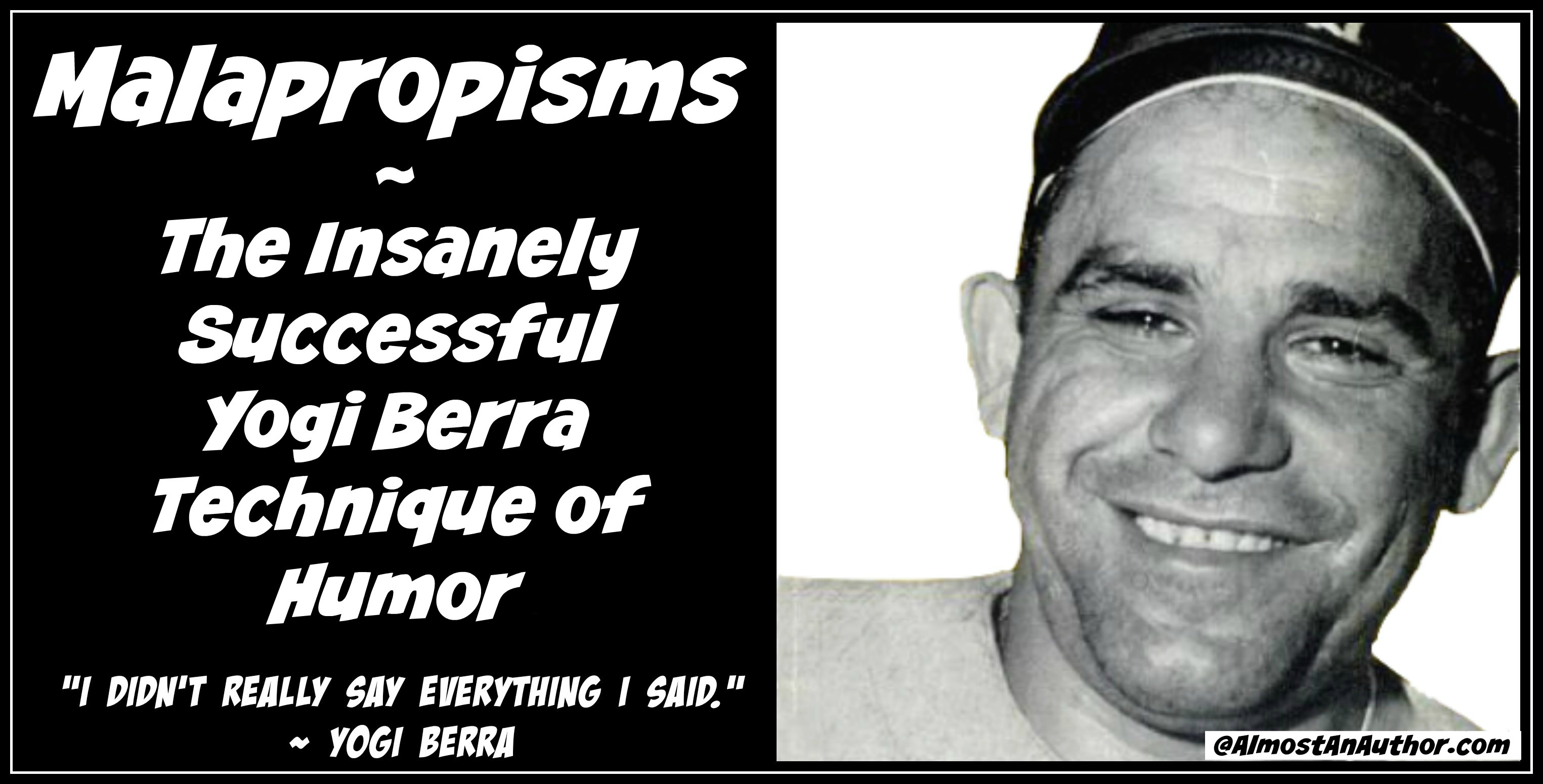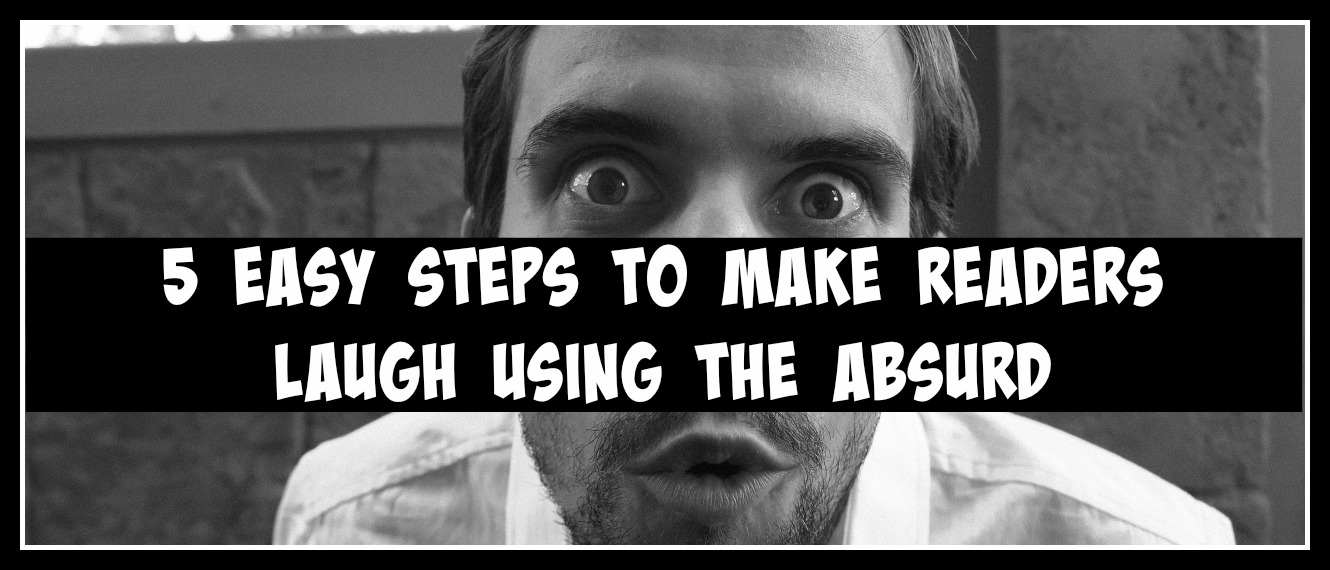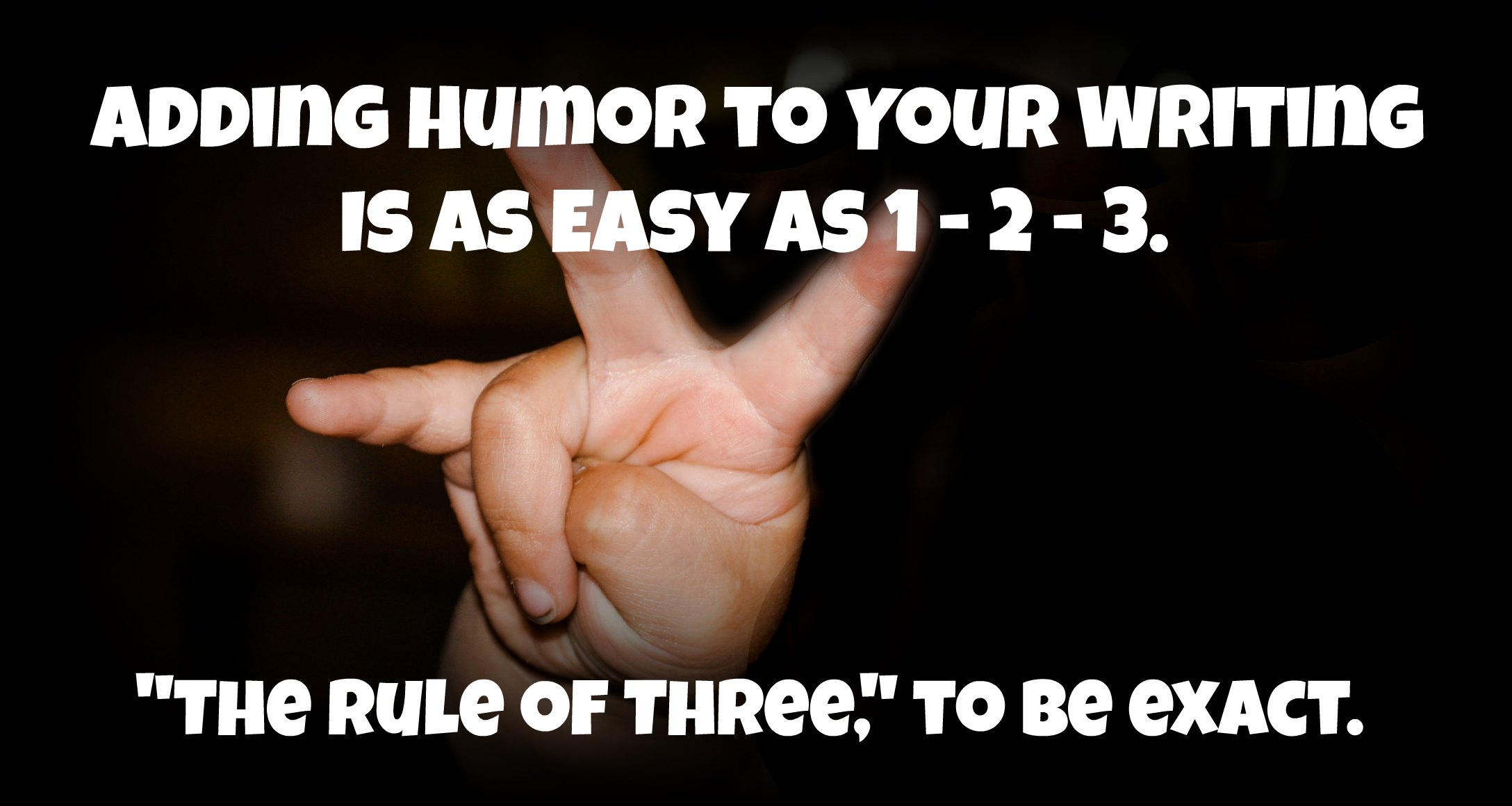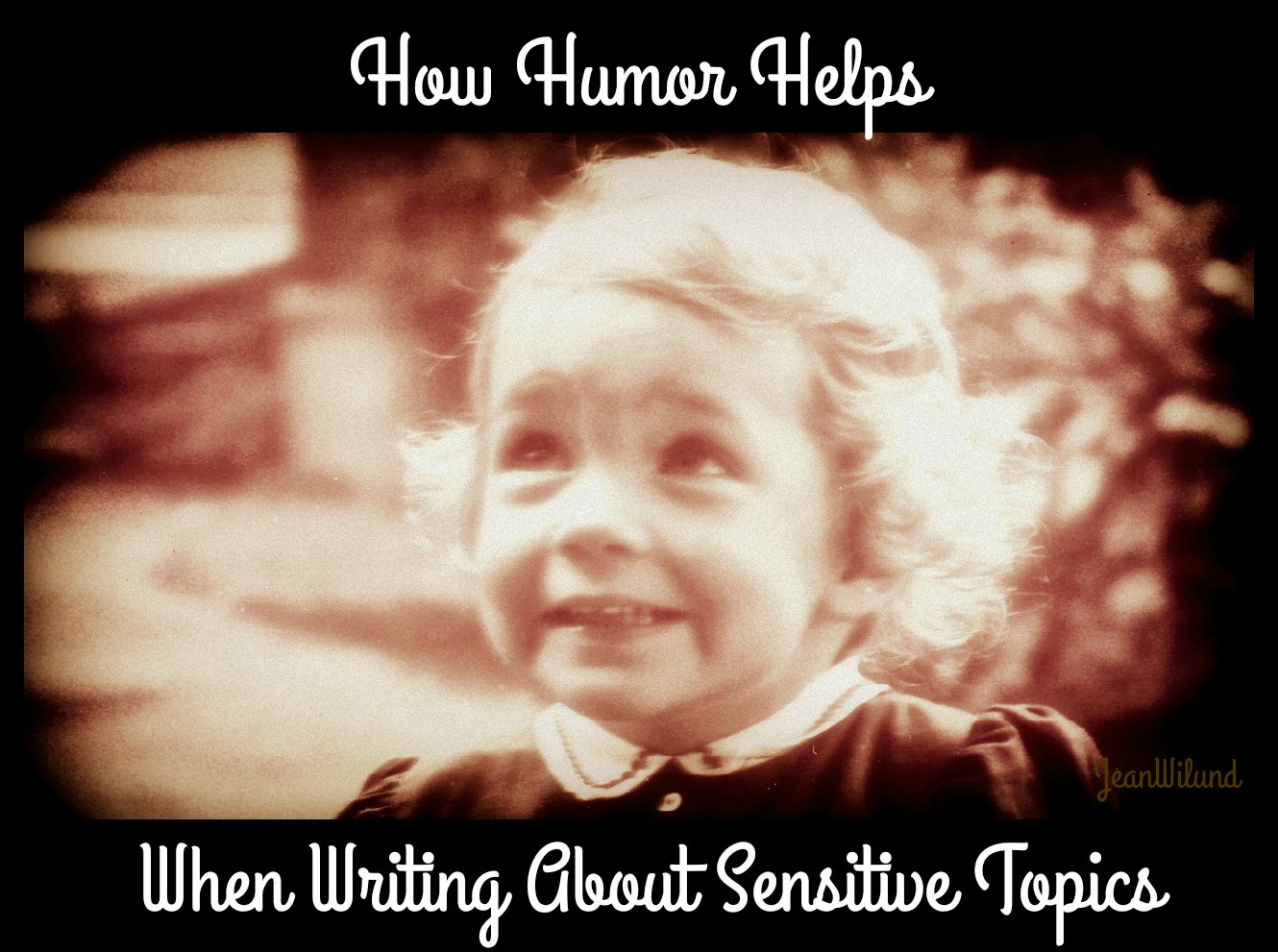
Bob Hostettler – The Making of a Humorous Writer (And How You Can Become One Too)
Author, speaker, and overall funny man Bob Hostettler has cost me too much money. He keeps writing books. And…
September 25, 2017
Author, speaker, and overall funny man Bob Hostettler has cost me too much money. He keeps writing books. And…
September 25, 2017
Where’s There’s a Cliché, There’s a Critic If you write with clichés, you write things like, “Where there’s a…
June 24, 2017
I read a statement once that stuck with me: All comedy has humor, but not all humor is comedy.…
February 26, 2017
Malapropisms “When you come to a fork in the road, take it.” Say what? A malapropism sounds more like a…
November 24, 2016
Ever laughed in an absurd situation or at an absurd time? Sure you have. We’ve all done it. Our friend…
September 24, 2016
Thou Shalt write with humor. But how? By following these two commandments from humor author James N. Watkins: I. Thou Shalt…
June 27, 2016
Comedians Jerry Seinfeld and Michael Jr. may never suffer from comedic block, but those of us less endowed with…
May 23, 2016
One word can make all the difference between funny or ho-hum. For instance, let me introduce you to four…
April 24, 2016
Adding humor to any type of writing is as easy as 1 – 2 – 3. Not 1 –…
March 8, 2016
One of these things is not like the other. One of these things just doesn’t belong . . .…
February 2, 2016
More is caught than taught. This truism haunted me as I raised three impressionable children. Now it inspires me as…
January 19, 2016
In my last post, How Humor Helps When Writing About Sensitive Topics, I explained how working humor into the…
December 19, 2015
At first glance, making people laugh when addressing a sensitive topic seems absurd, maybe even callous. But then again, a little…
November 18, 2015